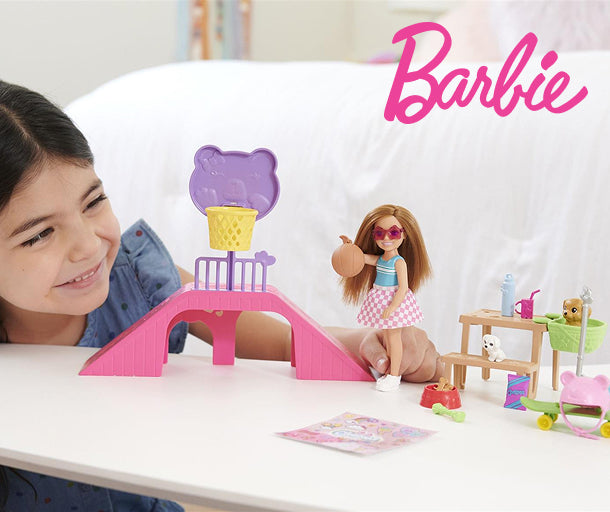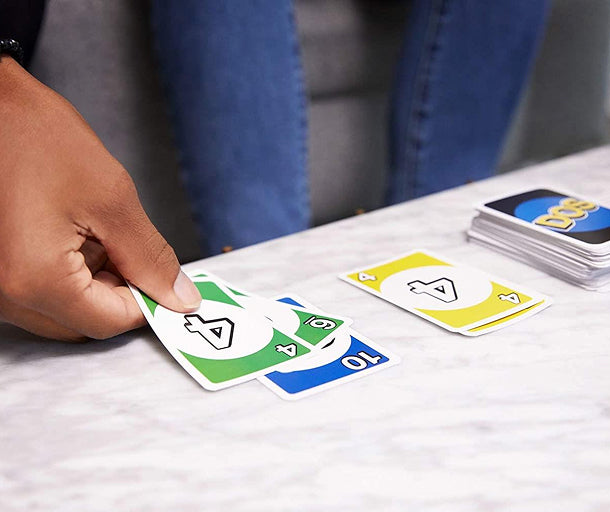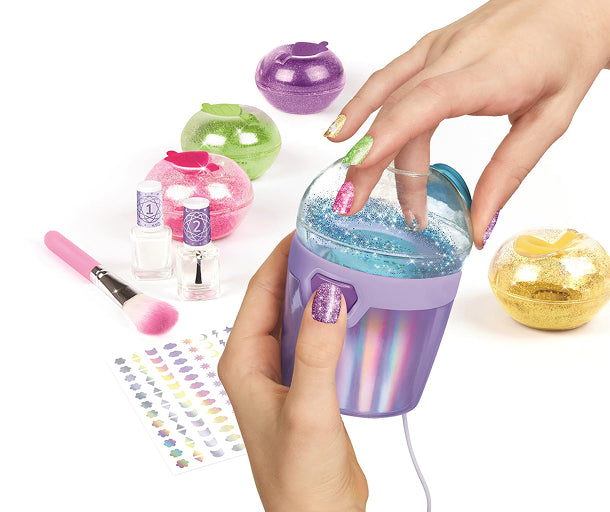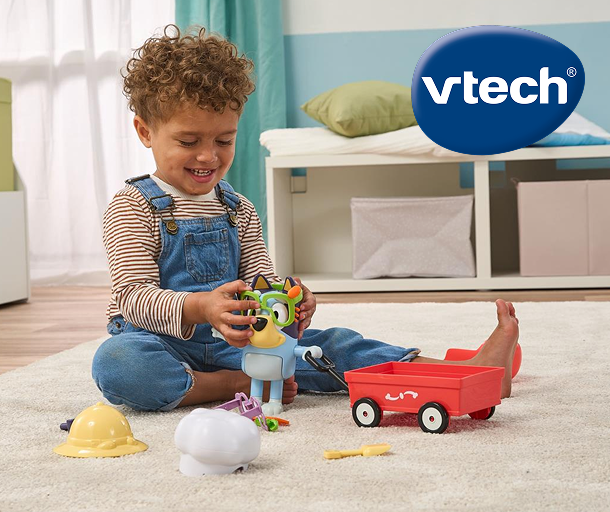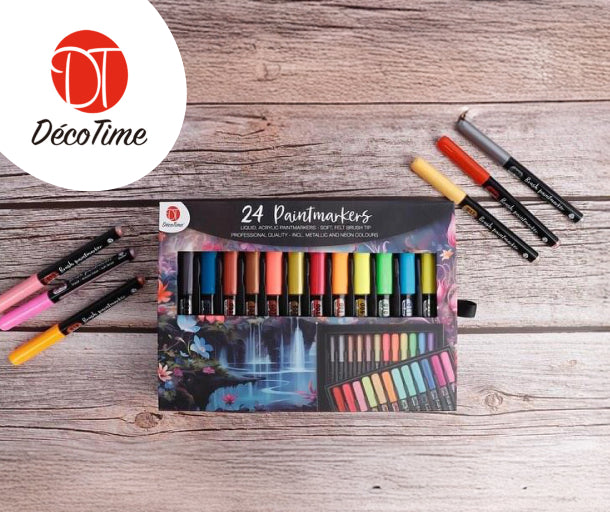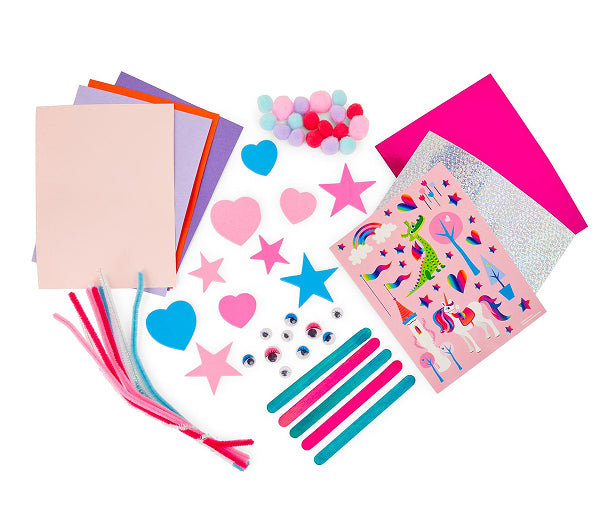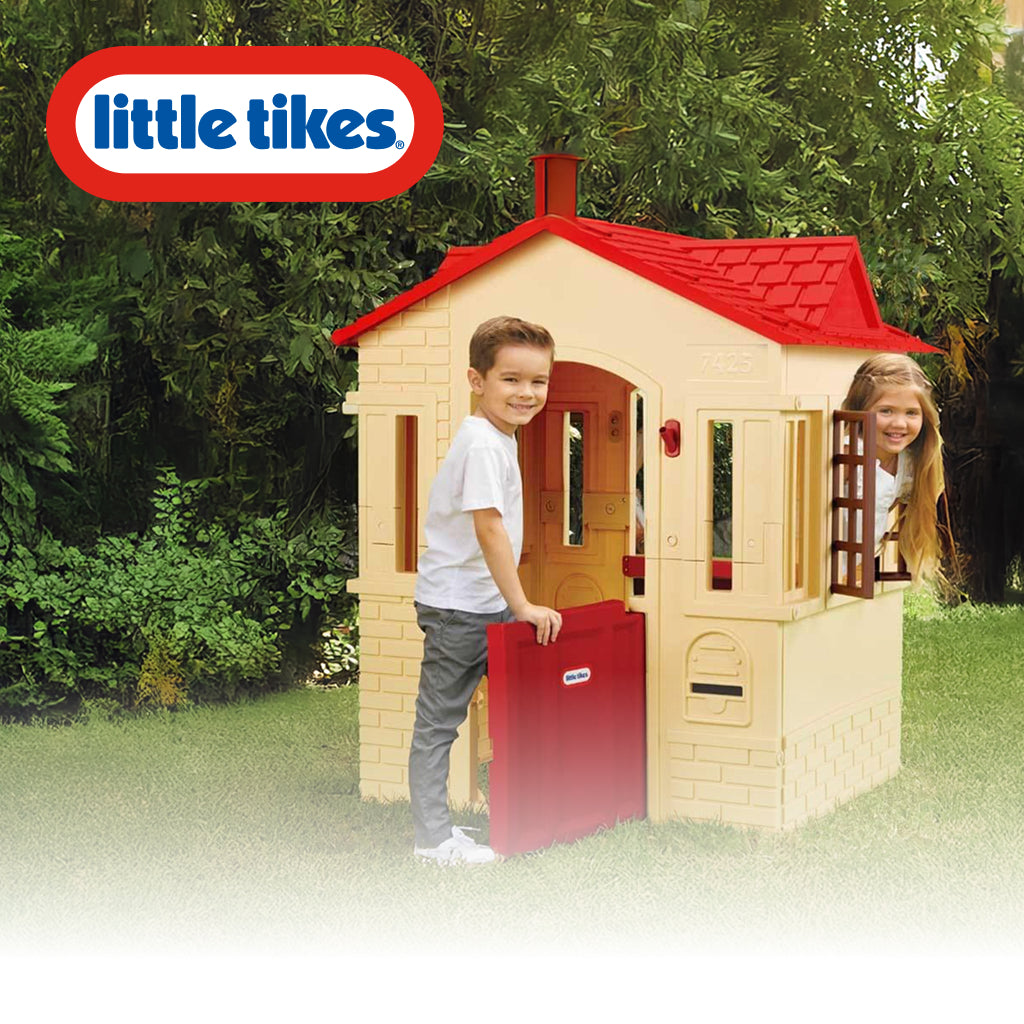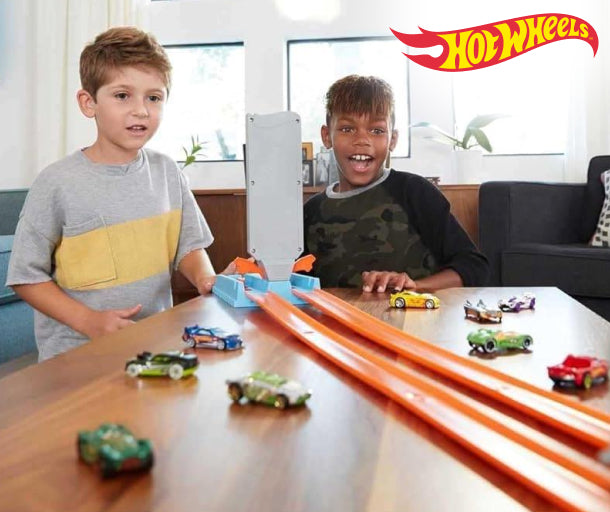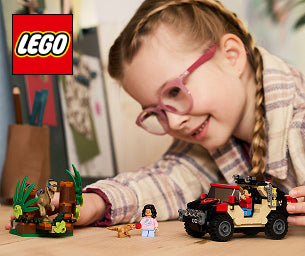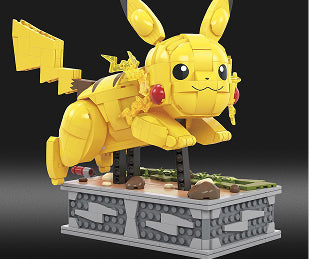Everything you need to know about Trivial Pursuit
Are you a Trivial Pursuit novice? Are you interested in the classic board game but are not quite sure what it entails, or are you looking for your next thrilling and entertaining board game for your family and friends? Well, look no further as we have everything you need to know about Trivial Pursuit to help you understand this iconic classic and make you excited to start a challenging game!
From the history of this classic board game and what it’s all about to the Trivial Pursuit categories and how to play. You can truly discover everything about this iconic and legendary board game that will give you hours of trivia entertainment and set a challenge to win!
The history of Trivial Pursuit
The classic and hugely popular Trivial Pursuit board game was first created on the 15th of December 1979. It was created by Chris Haney and Scott Abbott who were both newspaper editors in Canada. The inspiration for the much-loved game came while they were both playing Scrabble together as they became frustrated with the missing pieces in the set. From this, they decided to create their own game instead!
After they tried and tested their own game, they recruited some assistance from John Haney and Ed Werner to develop the game further. In 1981, Trivial Pursuit was officially released to the public to try out and have some trivia fun! By 1986, the board game sold 20 million units and provided around $600 million!
What is the game all about?
So, what is the game all about? Well, in short, the game challenges your knowledge of trivia and popular culture through various questions that are split into Trivial Pursuit categories.
The objective of the game is to collect all six colour-coded plastic wedges (commonly referred to as a piece of pie), by answering the challenging questions from the different categories correctly. The plastic wedges all represent each different category, whose cards are colour-coded to match the six wedges.
Due to this challenging and competitive board game soaring in popularity over the years, there are various different versions of the classic game to choose from. Each version has the same overarching objective but some offer new questions or a twist!
Originally, the board game was too challenging for the whole family to have fun with and so, the family version was created. This offers children separate questions to answer, that are simpler than the adult questions, so that they can have hours of fun with their family and have a chance at winning. This version became a huge hit with families as everyone can join in and have a fun and competitive family board game night!
There have also been many other editions, such as the super-challenging masters version! Read on to discover more about this super-challenging and entertaining version!
What are the Trivial Pursuit categories?
The Trivial Pursuit categories all delve into popular culture and traditional trivia. These are:
- History (yellow)
- Geography (blue)
- Science & Nature (green)
- Entertainment (pink)
- Arts & Literature (originally brown, changed to purple)
- Sports & Leisure (orange)
These categories are determined by which square you land on the board. The aim is to land on each category and answer the question correctly to earn a “piece of the pie”. The winner is the person who fills their “pie” with the six plastic wedges and returns to the centre answering the final question right!
Why is it so popular?
The traditional trivia game became an instant hit, and is still so popular today, for many various reasons. The main reason was that it showed people that board games are for everyone, not just children. Adults found that they could have lots of fun too with board games and get competitive with family and friends.
Trivial Pursuit is also popular as it encourages people to get together and have open communication between everyone who participates. It really is a game for adults to socialise with one another and have fun competing against each other. When the game was first released, it became popular for cocktail parties. This became a tradition for many, to the point where the instructions advised against discarding the plastic strips attached to the game pieces as they made perfect swizzle sticks!
Another reason why this classic board game is still hugely popular is because it takes on the style of a pub quiz. Pub quizzes have been a worldwide craze for years as everyone loves gathering together, enjoying a drink or two while testing their popular culture knowledge. This game brought the competitiveness and excitement of the pub quiz into the home!
Lastly, a huge reason why this game has forever been loved by many is because of the strong marketing skills. When the game was released, it was sent to huge celebrities to try it out and game nights in bars and restaurants were held. Since this, the game has never lost its reputation and word of mouth spread the excitement worldwide that many generations have never forgotten.
Trivial Pursuit Masters Edition
The Masters Edition offers adults and children, aged 16 and above, the chance to see who is the master at trivia while upping the competitiveness with even harder questions! This version is for the trivia buffs, who think they know it all, to show off their knowledge and put themselves to the test to be claimed the ultimate Trivial Pursuit master.
You can show everyone just how smart you are as you go head to head with the most elite trivia buffs in your family or friends. This edition includes 3,000 all-new questions that will challenge even the savviest Trivial Pursuit player!
It incorporates classic gameplay with a more competitive edge, as there’s a timer to put the pressure on answering questions! Race against your competitors to answer questions correctly, fill the “pie” and discover the master. This version also brings the traditional game right up to date with the new questions so you can challenge yourself on the popular culture of today.
How to play Trivial Pursuit Masters Edition - our tips & tricks!
Not quite sure how to play Trivial Pursuit? Don’t worry as we have broken down the essence of the game and provided our tips and tricks to help you. These instructions and advice can be used across every edition of the classic board game, not just the masters edition. This is because every edition has similar gameplay to the original and masters edition, but make sure to check your versions instructions pamphlet to understand the slight differences and twists.
Setting up the game
Before you start playing, it is best to familiarise yourself with the board and the layout. The board is set out as a 6-spoke wheel with various category squares to land on. These are all colour-coordinated with the plastic wedges and cards to easily know which category you need to answer.
Set up your “pie” in the centre of the board and work your way outwards to the circle to answer questions and claim your “pieces of pie”. Once finished, you must make your way back to the centre to answer the final question to win.
Depending on the amount of people playing, it is also a great idea to decide if you are playing individually or in teams. Teams is great if there is more players than the six tokens so everyone can be included in the fun. If playing in teams, make sure to account time for brainstorming when a question is asked.
Choose your coloured token, each colour aligns with the Trivial Pursuit categories, and set your house rules. This could be a time limit to answer the questions or anything that helps the game run smoothly. For the masters edition, a timer is included to race for the master title!
Finally, make sure to set your questions out ready. Older editions have two different packs of questions ready to go so you could mix these together or, if split into teams, let each team have one box each. For the newer editions, like the masters, there is only one box of questions so make sure to shuffle them up to challenge you and your players!
Aim of the game
Now you have familiarised yourself with the board and layout, you are ready to play Trivial Pursuit! However, it’s great to know the aim of the game before you start playing so you can strategize the best way for you to play.
The aim remains the same for any edition of this classic board game. You are aiming to collect all six of the different category wedges by answering the category questions correctly. To answer these questions and collect a “piece of pie” you must land on a corresponding square. These squares are colour-coordinated with the categories and wedge. The colours are:
- Yellow: History
- Blue: Geography
- Green: Science & Nature
- Pink: Entertainment
- Brown/purple: Arts & Literature
- Orange: Sports & Leisure
Your aim is to land on these coloured squares to collect the corresponding wedge. At the beginning of the game you can freely go for any of the colours but, when you start collecting wedges, look at what you need to win and strategically aim to land on the corresponding squares as quickly as possible.
The winner is determined by whoever collects all six wedges and makes it back to the centre of the board to answer the final question. Whoever answers the final question first wins!
Playing Trivial Pursuit
To begin a game, simply roll the die to determine who starts first. The player or team who rolls the highest starts and then you can go clockwise around the players. Move your token around the board and answer the trivia questions correctly. Each time before moving your token, roll the die to determine how many squares you are travelling.
Land on the category squares to give you the chance to win a coloured wedge. Each square is colour-coordinated to the Trivial Pursuit categories and pieces of “pie”. When the question has been asked to a player, stick to your agreed timings for thinking, deliberation and discussion (if in teams). For the masters edition, simply flip the timer over after the question has been asked!
If you answer the category question correctly, you win the corresponding “piece of pie” and can move on to collect the other categories. If you answer incorrectly, you get no wedge and have to try the category again in any of your rounds.
As the game progresses, we advise you to check the categories you need and find the quickest way to a corresponding square. Strategically think what number you need on the die to aim for the category and work out which direction is the best to get there.
Once you have collected all six “pieces of pie”, race to the centre and face the final question for the chance to win the game. Again, work out the best and quickest way to get your token to the centre and make sure you get the correct number on the die. If you roll over the required number, you can either miss your turn and try again when it gets back to you, or you could move to the centre and then count backwards, making your token further away.
When you reach the final question, choose your favourite or strongest category to help you win. The first person to collect all pieces and answer the final question correctly wins!
Playing the Master Edition
Now you know how to play Trivial Pursuit, which can be applied to any version of the game, we are going to help you understand the little differences in the master edition. Firstly, this game can be played the traditional way, as above, or you can create a faster play version if you are low on time.
The traditional way is following the overarching way to play for all editions, with the exception of having a physical timer to answer the questions to. For a shorter and faster game, you can cut some corners with this edition, if you don’t have the time to crown the master of trivia. You can collect a wedge every time a question is answered correctly, not just only when you are on a wedge space on the board. Doing this cuts out strategizing and finding the best way to each category square. And you can use the timer for everyone to answer the question to keep the game going at a fast pace.
During playing this edition, the Trivial Pursuit questions can be quite challenging and are presented differently to the traditional game. Each question can be challenging, intriguing and sometimes funny, especially with how they are presented. As well as having the traditional questions to ask to your opponents, there is also question cards with an image to look at, choosing an answer from a multiple choice selection and choosing an answer that doesn’t belong with the others.
Some examples of Trivial Pursuit questions
To help you further understand this engaging, traditional and challenging board game, we have sourced some Trivial Pursuit questions so you know what to expect from the game!
- How many syllables does the second line of a haiku have in English?
- The Last Supper was painted by which artist?
- Which of the following is a nickname for Hawaii? The Hotdog Islands, The Sandwich Islands or The Hamburger Islands
- Which F1 racer wins the most Grand Prix?
- On which part of a baby would you find the fontanelle?
- According to Aristotle, where is the seat of intelligence?
Now you know everything you need to know about Trivial Pursuit, why not try a game out with family or friends? Compete to become the ultimate trivia master with the masters edition or get your child involved with the family version. Whichever edition you choose to play, we are certain you will have endless hours of trivia fun while socialising with others and learning more about popular culture! Make sure you follow our guide on how to play Trivial Pursuit to create a fair and engaging game and use our tips & tricks to try and beat your competition!



